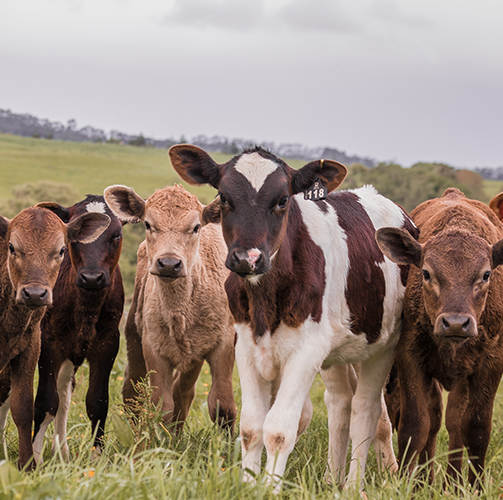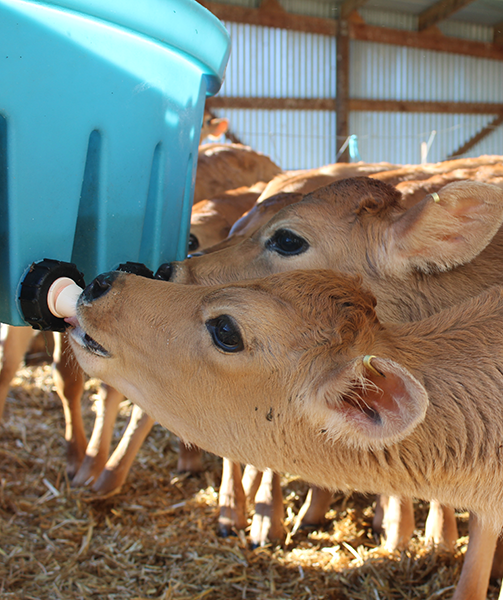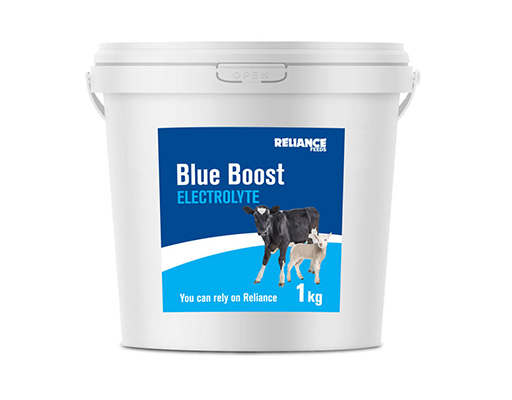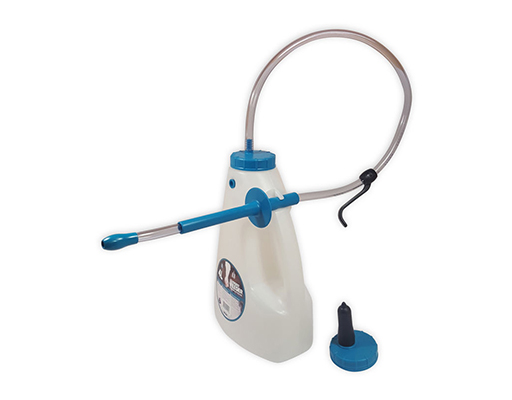Preventing Stress Overload in Calves
Words by Karen Fraser & Stacey Cosnett - The Calf Experts
Cumulative stress has a profound impact on performance. Stress overload in young calves can have significant negative effects on their health and wellbeing.
Calves like other animals, have limited coping mechanisms to deal with stress, and when they experience multiple stressors in a short period, it can lead to an overload that can affect health and performance, requiring a costly catch-up process. Your calves have already had several stressors in their short lives:
- Separation from the dam: removed from their familiar environment and source of early nutrition.
- Transportation: transporting young calves, especially over long distances, can expose them to noise, vibration, temperature changes, and unfamiliar surroundings.
- Handling and restraint: improper rough handling of calves during routine procedures like first-day handling, tagging, de-horning, or vaccinations can induce stress and fear responses.
- Changes in diet: abrupt changes in the calf’s diet, like milk types, abrupt weaning from milk to supplements or grass.
- Social stress: calves are social animals, so isolation or lack of social interaction with other calves can be stressful. Similarly, overcrowding or aggressive interactions with other calves is stressful. Large mob sizes are problematic for shyer, slower-growing calves.
- Disease and health issues: calves that are sick or experiencing health problems may be more vulnerable to stress and have reduced coping abilities. They are more at risk of exposure to gut damage and have limited ability to successfully transport energy and nutrients across the gut.
Cumulative stress from multiple sources can have a profound impact on calves compared to individual stressors. It can weaken their immune system, disrupt their digestive health, decrease weight gain, and increase susceptibility to diseases and parasites, with prolonged stress having long-term effects.
To mitigate stress overload in young calves, it is essential to provide a well-managed and low stress environment. This includes ensuring they have proper nutrition, comfortable housing and adequate socialization, while minimising abrupt changes in routine, especially when heading into weaning.
Decreasing the milk slowly and increasing meal offered will help avoid transitioning stress. The weaning process should only start when each calf is eating 1-1.5kg (depending on size and breed) of a well-balanced calf feed for at least three consecutive days. This is the time to start decreasing milk volume, preferably over a 14-day period.
Weaning is transferring from a milk diet to a full forage/pellet diet. Factors to consider are:
- Genetic potential
- The animal’s overall health
- Age/daily weight gain target
- Lean muscle development and skeletal height
- High volume milk programmes/overfeeders
- Rumen development- was it slow to develop?
- Supplements being offered at the right level
- Weather
- Pasture quality and quantity






